
High latency and slow speed are common issues that can impact work and user experience. This article offers effective solutions to resolve these problems and restore smooth computer performance.
1. Update Drivers
Outdated or incompatible drivers can cause system performance problems. It's recommended to use Driver Sentry to automatically detect and update drivers, saving time and avoiding the risk of downloading or installing incorrect drivers.
1). Click the download button to get the latest version of Driver Sentry, install the software, and open it. Click "Scan" to check for outdated or missing drivers.
2). Find the drivers that need updating in the results list and click "Update".
3). Restart your computer after updating to ensure the drivers take effect.
2. Check and Optimize System Resources
Close Unnecessary Programs:
Press Ctrl + Shift + Esc to open Task Manager. Under the "Processes" tab, end programs that are not needed, especially those using a lot of CPU and memory. This can free up system resources and improve performance.
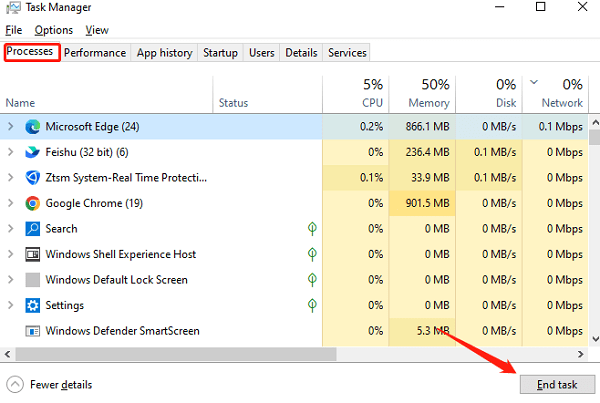
Optimize Startup Items:
Go to the "Startup" tab in Task Manager and disable unnecessary startup items. Reducing the number of programs that start automatically can speed up system boot times.
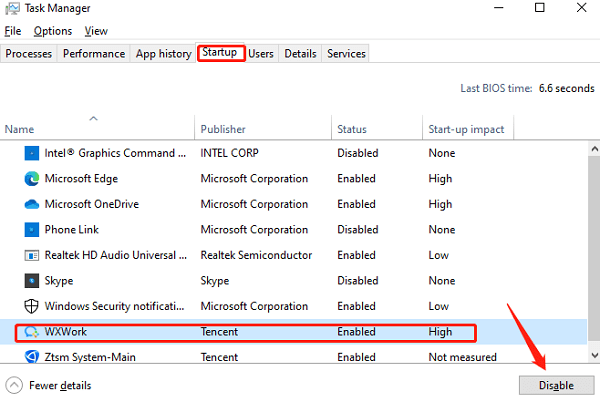
3. Clean Up System and Hard Drive
Use Disk Cleanup Tool:
Click the "Start" button, search for "Disk Cleanup", and run the tool. Select the drive you want to clean, and delete temporary files, system cache, and unnecessary system files to free up disk space.

Check Disk for Errors:
In File Explorer, right-click on the system drive (usually C:), select "Properties" > "Tools" > "Check". Fixing disk errors can help improve system performance.
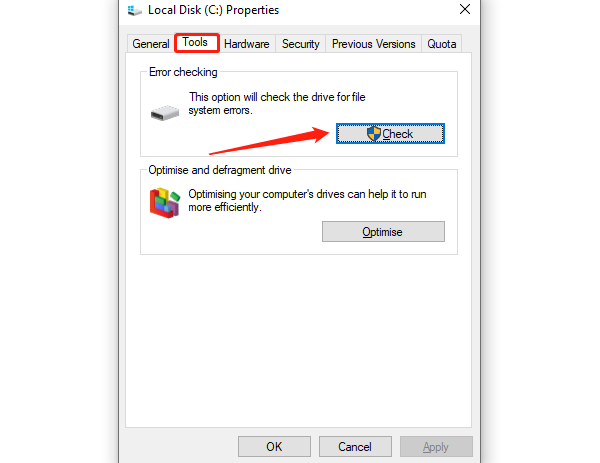
4. Enhance Hardware Performance
Upgrade RAM:
If your computer's memory is insufficient, consider adding more RAM. Additional memory can improve multitasking capabilities and overall performance.
Replace or Upgrade Hard Drive:
Switching from a traditional HDD to an SSD can significantly improve read and write speeds, speeding up system response times and program load times.
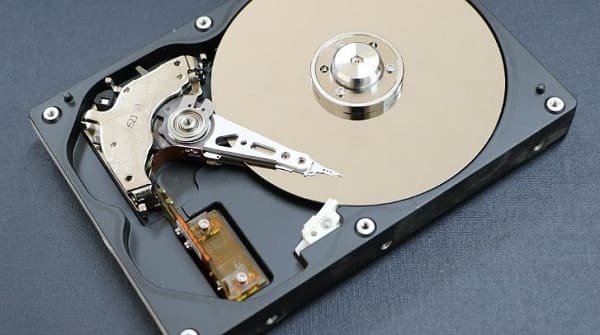
5. Scan and Remove Malware
Malware and viruses can cause performance issues. Use reliable antivirus software to perform a full scan and remove any potential threats.
6. Adjust System Settings
Adjust Power Settings:
Click "Start", select "Settings" > "System" > "Power & Sleep", and ensure the power plan is set to "High Performance". This can improve system speed.
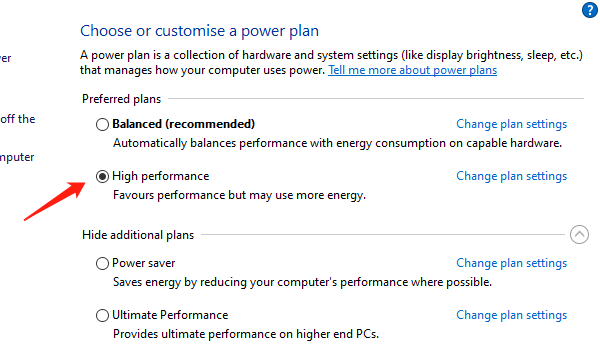
Adjust Visual Effects:
Right-click on the desktop, select "Display settings" > "Advanced display settings" > "Advanced system settings" > "Performance settings", and choose "Adjust for best performance". This will disable unnecessary visual effects and enhance system speed.
7. Regular Maintenance and Optimization
Perform System Maintenance:
Regular system cleaning and optimization can prevent latency and speed issues. Use system optimization tools for disk defragmentation, registry cleaning, and overall system optimization.
Regularly Check System Health:
Periodically check the health and performance of your system to ensure all hardware is functioning properly and address any potential issues promptly.
Using these methods can effectively fix high latency and slow speed on your computer. Keeping your system healthy and optimized will enhance performance and provide a smoother experience. These tips will help you restore your computer's speed and stability.
See also:
What to Do If You Install the Wrong Graphics Driver
8 Effective Solutions for Laptop Not Turning On